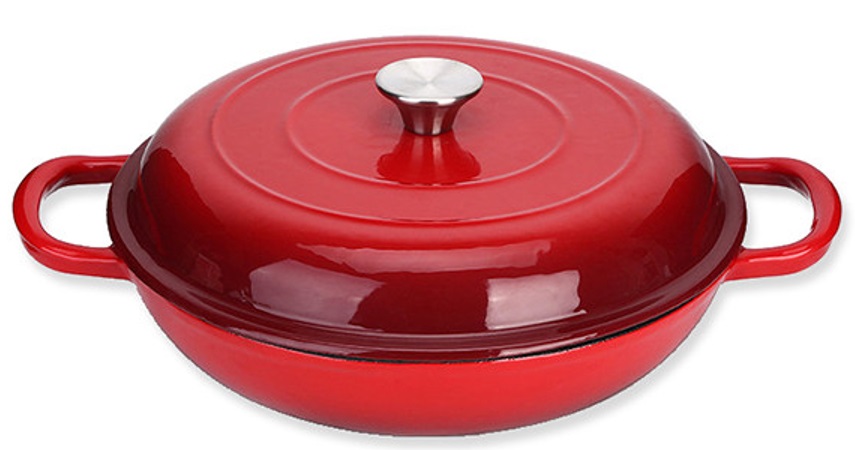rusty cast iron pan
Embracing the Charm of a Rusty Cast Iron Pan
There's something deeply enchanting about a cast iron pan. Be it the way it feels in your hand, the stories it carries, or its ability to transform simple ingredients into delectable dishes, a cast iron pan is more than just a kitchen tool; it's a culinary companion. The rusty cast iron pan, once neglected and overlooked, tells a unique story of resilience, history, and potential.
Many cooks shy away from a rusty cast iron pan, fearing that the oxidation has rendered it unusable. However, this misconception cannot be further from the truth. Rust can actually be removed, and the process of rejuvenating a rusty pan is not only satisfying but also imbues the pan with a renewed sense of purpose. Moreover, taking the time to restore a cast iron pan can foster a deeper connection with your kitchen equipment, making the cooking process more meaningful.
To revive an old, rusty cast iron pan, the first step is to assess its condition. If the rust is superficial and hasn't compromised the integrity of the pan, there's a high chance it can be salvaged. Start with soaking the pan in a mixture of water and vinegar. This natural solution helps to loosen the rust, making it easier to scrub away. After about an hour, take a stiff brush or a scrub pad and start to work on the rusted areas. It's essential to be gentle; the goal is to remove the rust while preserving the underlying surface.
rusty cast iron pan

Once you've removed the rust, it’s crucial to thoroughly dry the pan. Cast iron is prone to rusting if left wet, so immediate attention to drying is essential. You can place the pan on a low heat on the stove to ensure it dries completely. Once it’s dry, it’s time to re-season. Apply a thin layer of vegetable oil or flaxseed oil to the entire surface, including the handle, to create a protective layer against moisture. Place the pan upside down in an oven preheated to around 450 degrees Fahrenheit for about an hour. The oil will polymerize, forming a beautiful and non-stick finish that will enhance the cooking experience.
Now, with your restored cast iron pan ready to go, you may wonder what culinary delights await. The beauty of a cast iron pan lies in its versatility. From frying eggs and searing meats to baking cornbread and roasting vegetables, the possibilities are endless. Each dish cooked in this resurrected pan adds to its seasoning, enriching its non-stick surface over time. Moreover, dishes cooked in cast iron often take on a unique flavor, one that can be attributed to the heritage and tradition of the pan itself.
Cooking with a cast iron pan also connects us to the past. Many families pass down their beloved pans from generation to generation, each bearing the marks of home cooking and cherished memories. A rusty cast iron pan isn’t just a tool; it’s a symbol of culinary history, resilience, and sustainability. In a time where convenience often leads to waste, engaging with a rusty pan serves as a reminder of the value of restoration, nurturing both our culinary skills and our connection to the environment.
In conclusion, the rusty cast iron pan is an embodiment of potential waiting to be unlocked. Through simple restoration techniques, one can breathe new life into this kitchen staple. Beyond its practicality, its rich history and the flavors it imparts remind us of the artistry behind home cooking. So the next time you stumble upon a rusty cast iron pan, consider embracing its charm, and allow it to become the heart of your kitchen once again. With a little care and attention, your culinary adventures can help preserve the legacy of cast iron cooking for generations to come.
-
Why Every Kitchen Needs a Casserole Cast Iron DishNewsJun.24,2025
-
Experience the Tradition and Quality of Cast Iron CookwareNewsJun.24,2025
-
Double Sided Cast Iron Grill PanNewsJun.24,2025
-
Cast Iron Dutch Ovens You’ll Actually UseNewsJun.24,2025
-
Buy Cast Iron Griddle for Everyday CookingNewsJun.24,2025
-
Barbecue Iron Grill Cooking PowerNewsJun.24,2025
-
Standard Product Lines from Cast Iron Cookware SuppliersNewsJun.11,2025
